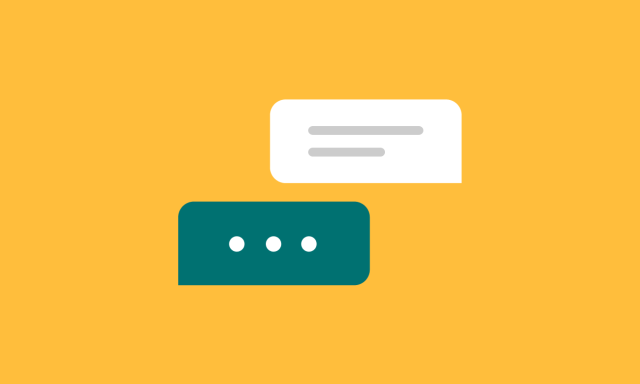In this article:
Depending on the size of your business, you might have anywhere from a few people that you need to communicate with during COVID-19 to as many as thousands or tens of thousands or more.
Despite the vast differences in the size and structure of organizations, a common denominator is the need to respond accurately, quickly, and with consistent answers.
For many, chatbots are fitting the bill.
The benefits of AI chatbots and voice bots are clear. Arguments in favor of this technology are 24/7 availability, more personal direct interaction, as well as time savings for organizations and end users.
You may not have had any way to anticipate it, but responding and conversing with internal and external audiences during the COVID-19 pandemic might very well be just the chatbot use case for you.
Why?
If 80% of the phone calls you receive are about whether or not your system is running properly and only in 1% is there an actual problem, it means that less than 1% of phone calls actually bring value. Overall, this results in a huge cost with only limited benefits for your organization. A bot that automatically answers and polls the status of your system when a client calls saves critical time and effort.
Additionally, your Human Resources department is there to make sure that your current or future employees have what they need to succeed. Unfortunately, there is still much time spent in answering rather simple questions. Your bot can answer the COVID-19 FAQ about frequent real-time information like office closings and openings, how to report a health update, and current travel restrictions. The bot would enable the HR department to focus on the people instead of administrative questions.
Even before the pandemic, chatbots proved their worth in customer care. For instance, Belgium bank Belfius, working with Sinch company Chatlayer.ai, saw an 87.5% increase in conversions when comparing the filed claims using chatbot myBo to the traditional insurance claim forms.
These successes and others will surely compel businesses to use chatbots in the medium and long term.
The development of a chatbot used to take months with traditional platforms like Google Dialogflow, Microsoft LUIS, IBM Watson, and Rasa. But now with low-coding platforms like Chatlayer.ai, it can be a matter of days or even hours. This is furthering the appeal to those who must quickly adapt to changes brought on by COVID-19.
And it’s advisable to think ahead. By 2025, customer service organizations that embed AI in their multichannel customer engagement platform will elevate operational efficiency by 25%, according to Gartner.
Chatbots may or may not have been in your consideration set before the pandemic. Now they certainly should at least be given an accelerated look as they can help your organization in addressing what is important and having a bot doing the rest for you.



